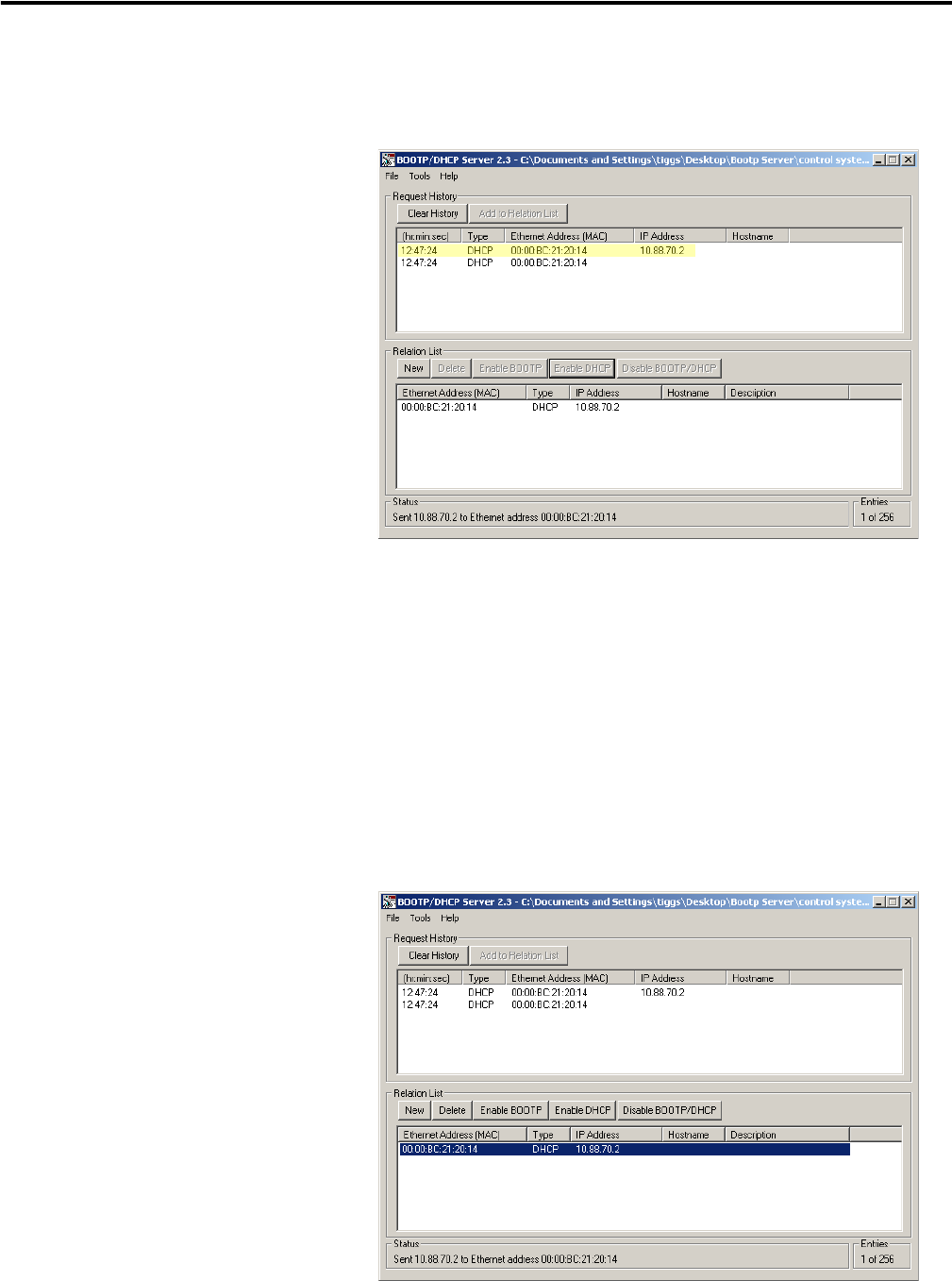Owner manual
Table Of Contents
- 1794-UM066A-EN-P FLEX I/O Dual Port EtherNet/IP Adapter Modules User Manual
- Important User Information
- Preface
- Table of Contents
- 1 - Overview of FLEX I/O and Your Redundant EtherNet/IP Adapter Module
- Overview
- The FLEX I/O System
- Adapter Features
- Types of Adapters
- Hardware and Software Compatibility
- What the Adapter Does
- Use of the Control and Information Protocol (CIP)
- Understanding the Producer/Consumer Model
- Specifying the Requested Packet Interval (RPI)
- Support of Rack Optimized and Direct Connections
- Chapter Summary
- 2 - Install Your FLEX I/O Adapter
- 3 - Configure the Adapter for Your EtherNet/IP Network
- 4 - Rack Optimized Discrete I/O
- 5 - Analog I/O with Direct Connection
- A - Interpret Status Indicators
- B - Specifications
- C - Configure the RSLinx Ethernet Communication Driver
- D - Adapter Web Dialogs
- Index
- Back Cover

Publication 1794-UM066A-EN-P - February 2012
20 Configure the Adapter for Your EtherNet/IP Network
The device is added to the Relation List, displaying the Ethernet Address
(MAC) and corresponding IP Address, Hostname and Description (if
applicable).
When the IP address assignment is made, the address displays in the IP
Address column in the Request History section.
4. To assign this configuration to the device, highlight the device in the
Relation List panel and click Disable BOOTP/DHCP. When power is
cycled to the device, it uses the configuration you assigned and not does
not issue a DHCP request.
TIP
To enable DHCP for a device that has had DHCP disabled, highlight the
device in the Relation List and click Enable DHCP. You must have an
entry for the device in the Relation List panel to re-enable DHCP.










